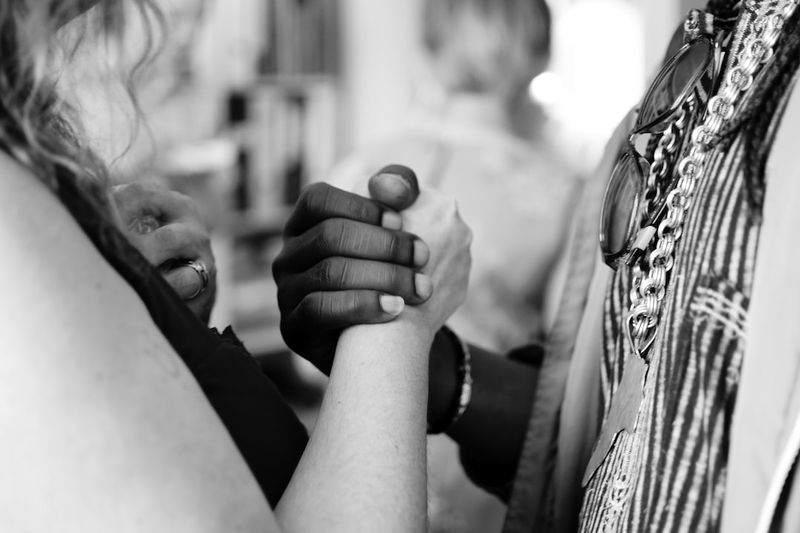Wear it Purple: Increasing LGBTIQA+ Visibility and Promoting Inclusion
Introduction
The importance of visibility cannot be underestimated when it comes to creating inclusive and welcoming spaces for diverse communities. This is particularly true for lesbian, gay, bisexual, transgender, intersex, queer, and asexual (LGBTIQA+) individuals who have historically faced discrimination and marginalization. In her article, “Why you should Wear it Purple and help increase LGBTIQA+ visibility this year,” Dr. Rebecca Bennett, the Pro Vice Chancellor for equity, diversity, and inclusion at Murdoch University, emphasizes how visibility plays a crucial role in fostering a sense of belonging, promoting community, and advocating for inclusion. In this report, we will delve deeper into the concept of visibility, its significance for the LGBTIQA+ community, and how initiatives like Wear it Purple Day contribute to social change and empowerment.
Visibility as a Precursor to Inclusion
Dr. Bennett rightly points out that visibility is a precursor to inclusion, belonging, and community. When individuals from diverse communities, including LGBTIQA+ individuals, see themselves represented and acknowledged in public spaces, it sends a powerful message that they are valued and accepted. It creates an environment where people feel safe to express their identity and allows for meaningful conversations about diversity and inclusion to take place.
The Role of Universities in Promoting Visibility
Universities have a unique responsibility to create safe and inclusive spaces for all students and staff members. As society becomes more diverse, so do university campuses, making it imperative for institutions to actively foster inclusivity. Dr. Bennett highlights the importance of visibility initiatives on campus, such as flying the progress pride flag and wearing rainbow lanyards. These symbols not only serve as visual reminders of LGBTIQA+ inclusion but also contribute to the growth of LGBTIQA+ networks within the university community.
Visibility through Symbols and Actions
Symbols play a powerful role in shaping perceptions and attitudes. The progress pride flag, with its inclusive design, is a powerful representation of the diverse experiences within the LGBTIQA+ community. By prominently displaying this flag on campus, universities signal their commitment to equality and create a more welcoming environment. The presence of pride pianos and rainbow lanyards further reinforces this message of inclusivity. These symbols not only provide visibility but also prompt conversations and create spaces for individuals to be vulnerable and share their experiences.
Visibility as a Catalyst for Action
Visibility alone is not enough. It must be accompanied by action and advocacy. Dr. Bennett emphasizes the need for universities to go beyond symbols and take concrete steps in designing inclusive spaces. This includes implementing inclusion initiatives, developing strategies, and enacting policies that promote diversity and equality. By doing so, universities create an atmosphere where every individual can authentically express themselves and take pride in their identity.
Wear it Purple Day: Amplifying Visibility
Wear it Purple Day, celebrated on August 25th, is an important event that increases visibility and support for the LGBTIQA+ community. By wearing purple clothing, individuals show their solidarity and demonstrate their commitment to creating safe spaces for all. This day holds particular significance for those who have not yet come out and may still feel unsafe or unsupported. It serves as a reminder that everyone deserves acceptance and respect, regardless of their sexual orientation or gender identity.
Conclusion
Increasing visibility is essential in creating inclusive and accepting communities, especially for LGBTIQA+ individuals who have often been marginalized. Universities, like Murdoch, have taken significant steps in promoting visibility and creating safe spaces for their students and staff. By continuing to prioritize visibility, advocating for inclusion, and taking concrete actions, institutions can play a crucial role in bringing about social change, empowering individuals, and building a more inclusive society. As Dr. Bennett aptly states, “We want campuses where everyone can be their full selves and take pride in that.”

<< photo by Aarón Blanco Tejedor >>
The image is for illustrative purposes only and does not depict the actual situation.




